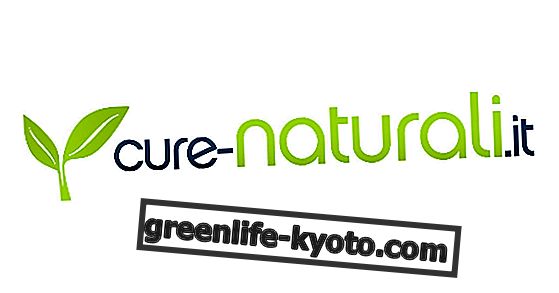
Most of the foods we bring to the table are the result of human intervention : many fall into the category of GMOs while many others are not classified as GMOs despite having undergone modifications of their characteristics. So what are GMOs? How are they produced? Are they risky for health and the environment?
Biotechnological or GMO foods: why we act on plants
Feeding all the inhabitants of the planet is a difficult task, especially if we want to conserve the soil and preserve the natural areas that have not been exploited for agriculture today.
To ensure the livelihood of the population, the problem of preserving crops against pests and climatic conditions that are not always favorable has always existed in the agri-food sector; increasing yields means on the one hand a greater profit on the part of the food industry but on the other it also means less consumption of soil and a greater availability of food.
Many foods that we bring to the table every day are the result of selections and modifications by nature and man . The varieties of cereals, fruit and vegetables that are now part of our diet are in fact the result of crossings occurring within the environment and in laboratories, and of modifications to the DNA of plants : the intervention of man on nature has allowed to obtain fruits otherwise inedible, plants resistant to diseases that would have compromised the crops, species more easily cultivable or more suitable for human consumption.
Biotechnological or GMO foods: what they are and how they are obtained
Wheat, rice, apples are some examples of foods that are part of our daily diet and that derive from numerous crossings ; at one time these crossings took place by precisely crossing different species or varieties of species with each other, in order to obtain a hybrid more resistant to a parasite or with characteristics more suitable for cultivation.
The disadvantages of these intersections consist in the unpredictability of the result . In fact, by crossing different species or varieties, the desired gene is introduced into the new plant as well as many other genes . The procedure, not being selective, can be expensive in terms of time and money and the result can be unpredictable. From the point of view of the result, genetic engineering is very effective, since it allows to control DNA modifications in a targeted and rational way, reducing time and costs.
Although the development of these technologies could lead to the production of plants that offer higher yields by reducing the use of herbicides and pesticides harmful to the environment and health, or better plants from the nutritional point of view, more resistant to stress or capable of defend themselves from contaminants, such as heavy metals, public opinion does not look favorably on GMOs and tends to see these practices as "unnatural", considering them risky for the environment and health and little or not at all ethical.
According to the European Directive, a genetically modified organism is an organism whose DNA has been modified differently from what occurs in nature, through reproduction or natural genetic recombination. GMOs are obtained by inserting a gene in the DNA sequence of the plant: the gene can derive from plant varieties of the same species, from plants of different species or from the DNA of microorganisms.
However, DNA changes do not occur only through gene transfer: mutations to DNA occur spontaneously in nature and in the gene improvement programs the frequency with which such mutations occur using radiation or mutagenic chemical agents is amplified. The mutations are then selected and the advantageous ones are maintained: an example of a human-induced mutation regards Croesus wheat, obtained in the 1970s precisely by irradiation. These foods are not classified as GMOs despite having undergone changes to their DNA.
What are the health risks?
GMO production could present environmental and health risks ; however, this also applies to hybrids selected by man or to varieties obtained through irradiation. In fact, the genes placed in the plant could be transferred to other plants through pollination; there could be uncontrolled growth of a population of resistant plants, or toxic species or those that contain allergens could develop for other living beings, including humans.
These risks also concern species that are continually born from hybridizations that occur in nature but the introduction into the environment of genes that are not naturally selected can have long-term effects on the environment and on the health of other living species that it is difficult to predict.













